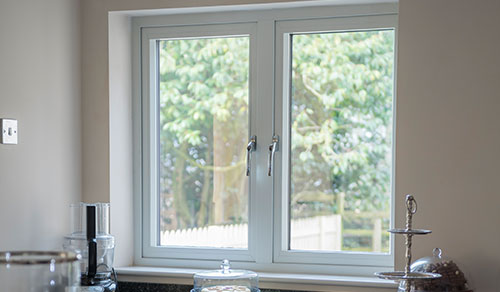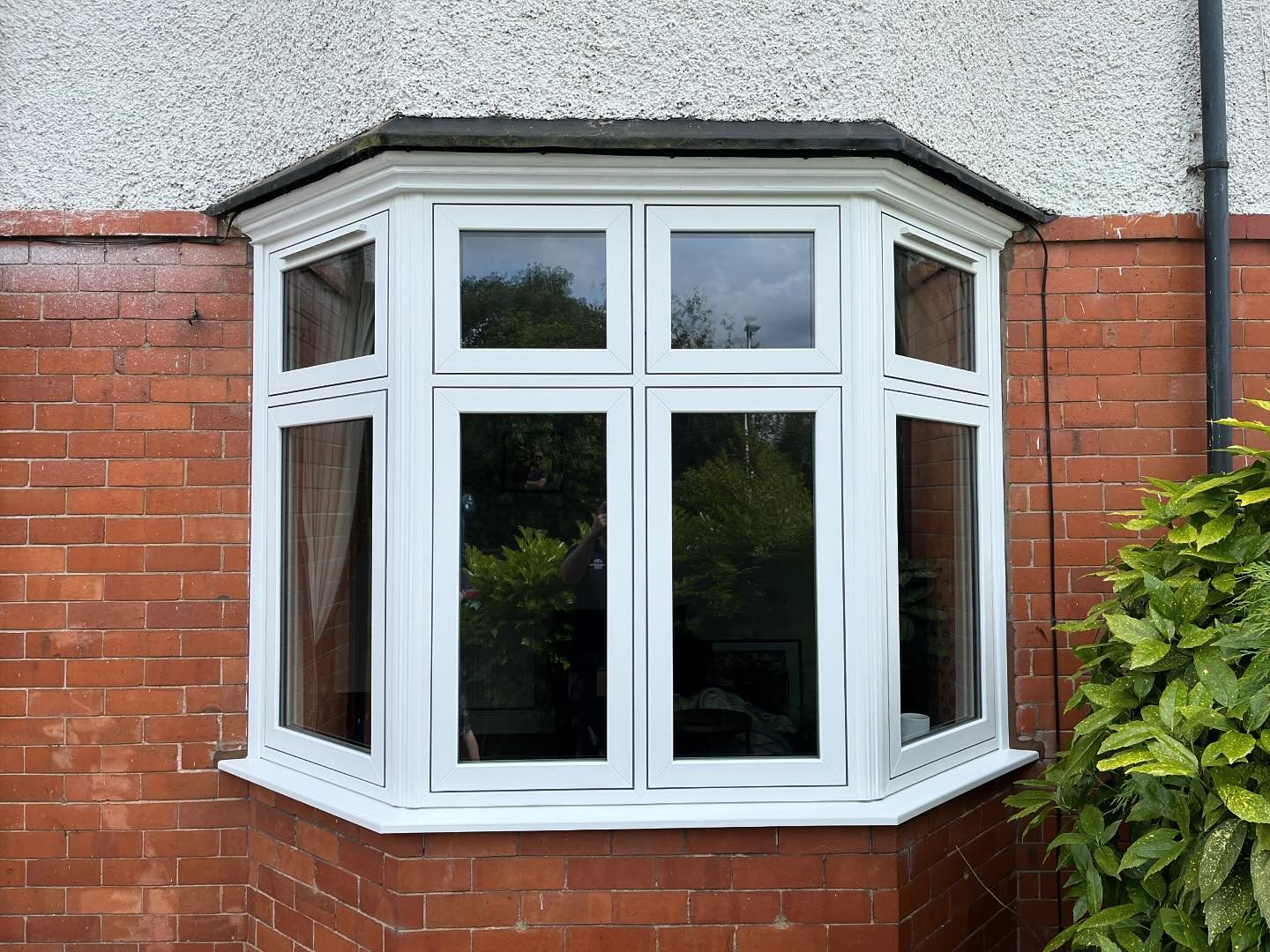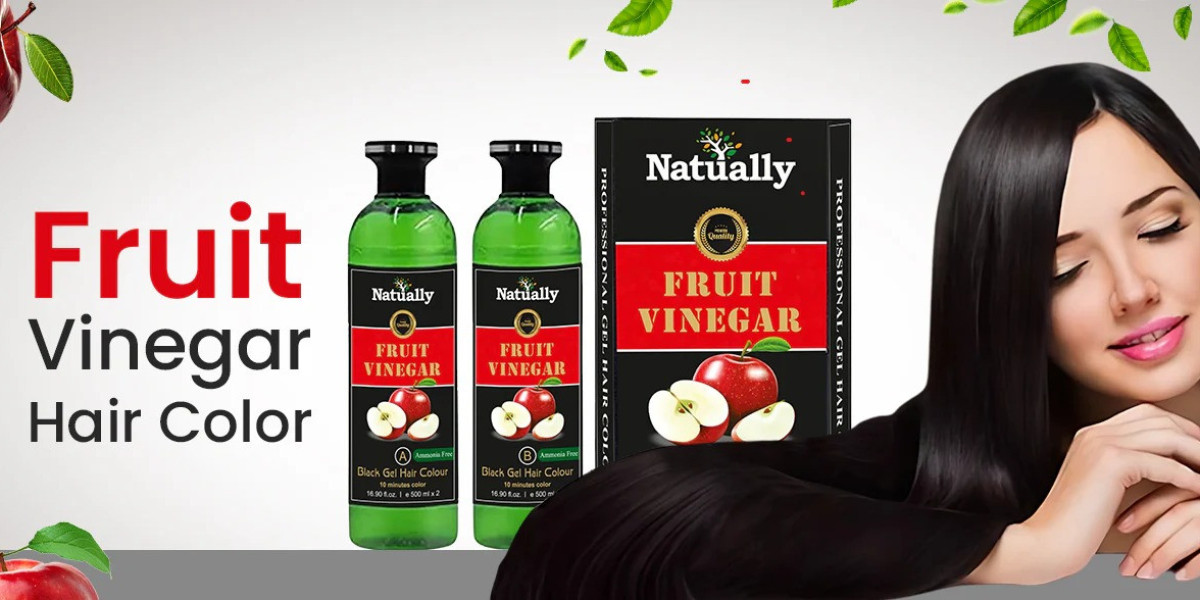In recent years, the window replacement industry has seen significant advancements that not only improve the aesthetic appeal of homes but also enhance energy efficiency and overall comfort. As homeowners become more conscious of energy consumption, sustainability, and modern design, the options available for window replacement have evolved dramatically. This article explores the latest innovations in window replacement, focusing on energy-efficient materials, smart technology integration, and design trends that cater to both functionality and style.
Energy-Efficient Materials
One of the most notable advancements in window replacement is the development of energy-efficient materials. Traditional single-pane windows have largely been replaced by double and triple-pane windows that feature gas fills such as argon or krypton. These gases provide better insulation than air, reducing heat transfer and improving energy efficiency. The latest advancements in low-emissivity (Low-E) glass coatings further enhance thermal performance. Low-E glass reflects infrared light while allowing visible light to pass through, keeping homes cooler in the summer and warmer in the winter.
Additionally, the frames of windows have evolved as well. Vinyl, fiberglass, and composite materials offer superior insulation compared to traditional wood or aluminum frames. Vinyl is particularly popular due to its durability, low maintenance, and energy efficiency. Fiberglass frames, while more expensive, provide exceptional strength and thermal performance, making them an excellent choice for homeowners looking to invest in long-lasting window solutions. The integration of these materials not only improves energy efficiency but also contributes to the longevity of the windows, reducing the need for frequent replacements.

Smart Technology Integration
Another significant advancement in window replacement is the integration of smart technology. Smart windows can be controlled remotely via smartphone apps, allowing homeowners to adjust the tint, opacity, or even the opening and closing of the windows based on weather conditions or personal preferences. For instance, electrochromic windows can change their tint in response to sunlight, reducing glare and heat buildup inside the home. This technology not only enhances comfort but also contributes to energy savings by reducing the reliance on air conditioning.
Moreover, some window manufacturers have begun to incorporate sensors that monitor indoor and outdoor temperatures, automatically adjusting the windows to optimize energy efficiency. This smart technology not only provides convenience but also promotes a sustainable lifestyle by minimizing energy consumption. Homeowners can now enjoy a more interactive and efficient living space with the integration of these advanced features.

Design Trends
As window replacement technology has advanced, so too have the design trends that accompany it. Homeowners are increasingly looking for windows that not only perform well but also enhance the overall aesthetic of their homes. Large, expansive Windows By Ideal Glass that maximize natural light and offer unobstructed views have become a popular choice. These windows often feature slim frames, which create a more modern and sleek appearance.
Additionally, the trend toward energy-efficient window design has led to the rise of casement and awning windows, which provide better ventilation and can be easily opened to allow fresh air into the home. These styles are particularly appealing in contemporary architecture, where clean lines and minimalistic designs are favored. Homeowners are also opting for custom window shapes and sizes to create unique focal points in their homes, further enhancing their curb appeal.
Furthermore, the use of window films and decorative glass options allows homeowners to personalize their windows while still benefiting from energy efficiency. Decorative glass can provide privacy without sacrificing natural light, and window films can add an extra layer of insulation while allowing homeowners to express their style.
Environmental Considerations
With the growing emphasis on sustainability, many homeowners are now considering the environmental impact of their window replacement choices. Manufacturers are increasingly focusing on eco-friendly materials and processes, using recycled content in window frames and packaging. Additionally, energy-efficient windows can significantly reduce a home’s carbon footprint by lowering energy consumption for heating and cooling.
Moreover, some companies are offering take-back programs for old windows, ensuring that they are recycled or disposed of responsibly. This not only helps reduce waste but also encourages homeowners to make more sustainable choices when it comes to window replacement.
Cost vs. Value
While the advancements in window replacement often come with a higher initial cost, many homeowners find that the long-term savings on energy bills and increased home value outweigh the upfront investment. Energy-efficient windows can lead to substantial savings over time, making them a wise financial decision for many. Additionally, the aesthetic appeal and enhanced comfort provided by modern windows can increase a home’s resale value, making it an attractive option for potential buyers.
Homeowners should also consider the potential for tax credits and incentives for energy-efficient home improvements. Many local and federal programs offer financial incentives for homeowners who invest in energy-efficient windows, further offsetting the initial costs.
Conclusion
In conclusion, the advancements in window replacement technology have transformed the way homeowners approach this essential aspect of home improvement. With energy-efficient materials, smart technology integration, and contemporary design trends, homeowners can now enjoy a perfect blend of functionality and aesthetics. As the industry continues to evolve, it is clear that modern window replacement offers more than just a way to enhance the appearance of a home; it provides a pathway to greater energy efficiency, comfort, and sustainability. For homeowners looking to replace their windows, the current offerings represent a significant opportunity to invest in their homes while contributing positively to the environment.








